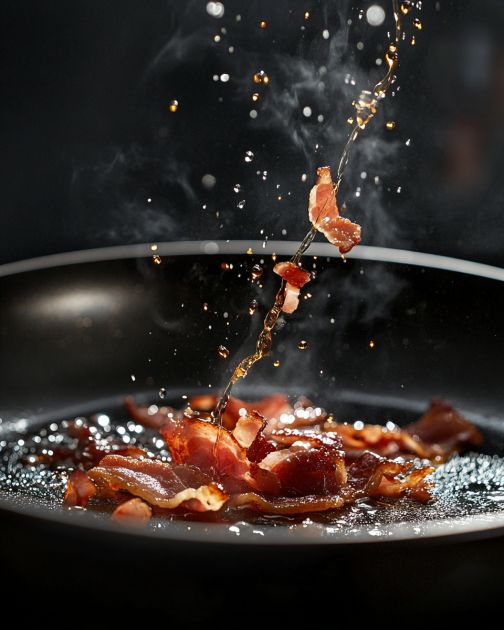In the world of cooking, there are countless techniques and tricks that can transform a simple dish into something extraordinary. While spending a weekend with my aunt, I stumbled upon one such surprising method. As we were frying bacon, she reached for a bottle of vinegar and drizzled a bit onto the sizzling strips halfway through cooking. Intrigued and puzzled, I couldn’t help but ask, ‘Why would you do that?’ This article explores the reasons behind this unexpected culinary move and the benefits it brings to the table.
The Art of Cooking Bacon: Traditional Methods
Bacon is a beloved ingredient in many households, known for its rich flavor and crispy texture. Traditionally, bacon is cooked in a skillet or oven, allowing the fat to render and the meat to crisp up. Some prefer to cook it slowly to achieve an even crispness, while others might opt for a quick fry to retain some chewiness. Regardless of the method, the goal is often to balance the savory taste with the perfect crunch.
The Role of Vinegar in Cooking
Vinegar is a versatile ingredient in the culinary world, known for its acidic properties and ability to enhance flavors. It is often used in marinades, dressings, and pickling processes. The acidity of vinegar can tenderize meats, balance sweetness, and add a tangy depth to dishes. Its role in cooking extends beyond flavor, as it can also affect the texture and preservation of food.
Aunt’s Secret: The Vinegar Trick
My aunt’s use of vinegar on bacon was a trick she learned from her mother. According to her, the vinegar not only enhances the flavor but also helps achieve a better texture. She explained that the acidity cuts through the bacon’s richness, providing a subtle tang that complements the savory notes. This family secret, passed down through generations, is a testament to the ingenuity found in home cooking.
Scientific Explanation: How Vinegar Affects Bacon
see next page













